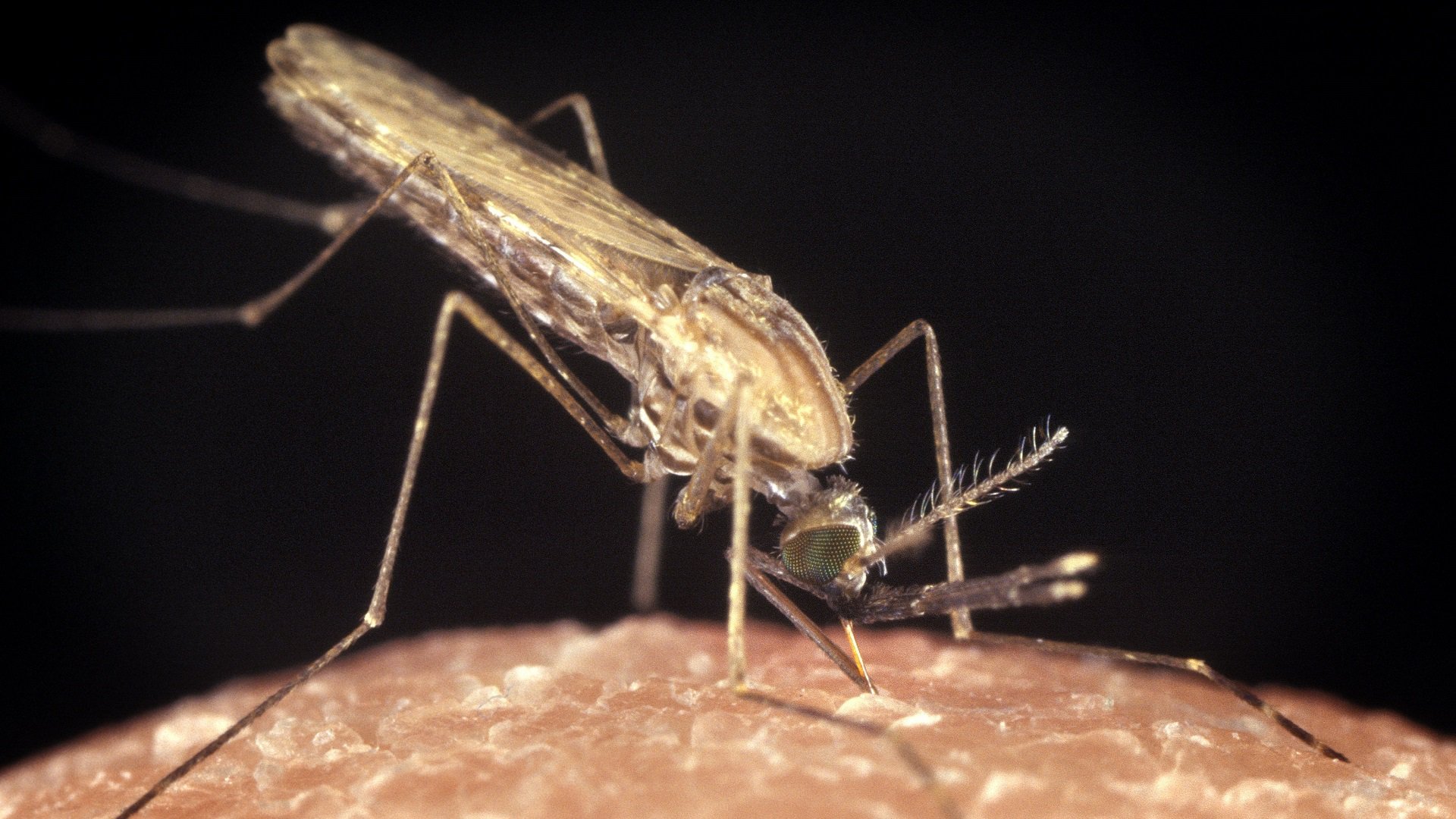Malaria from mosquito to men
Malaria is an infectious disease caused by Plasmodium falciparum and other closely related Plasmodium species. They are single-celled , eukaryotic parasites. These parasites spend much of their life cycle in mosquitoes of the genus Anopheles. When an infected mosquito bites a human (or other animal), the parasite is transmitted. Then it ends up in the victim's liver to develop further there.
Mild to serious symptoms
Disease symptoms are often relatively mild in the form of fever, fatigue or headache. In severe cases, however, an infection can lead to seizures, coma, and even death. Africa is getting hit the hardest by far: nearly 90% of the world's deaths are reported there. Medication exists, but people often do not have access to that medication, especially when living in rural areas. In addition, the effectiveness of this differs per area, because Plasmodium has developed resistance to the medication in some places.
Second parasite to the rescue
The study, published in Nature Communications, describes a recently discovered symbiont of Anopheles mosquitoes that appears to switch off Plasmodium transmission from mosquito to humans. This symbiont belongs to the phylum Microspora, a diverse group of fungal-like organisms that generally live as parasites in arthropods and fish. Unlike most Microspora, the species described here, called Microsporidia MB for now, does not appear to have a negative effect on the mosquito in which it lives. It is hereditary, that means it is transmitted from mother (mosquito) to her offspring, but does not affect their survival or further fertility. And the big hit is: the mosquito populations with Microsporidia MB do not cause malaria infections in humans.
Spotless saliva
Normally Plasmodium develops reproductive cells (called oocysts) in the gut wall of a mosquito. These reproductive cells secrete "seeds" (called sporozoites) that eventually end up in the salivary glands and in the mosquito saliva. When the mosquito bites someone, that person comes into contact with the mosquito saliva and thus receives Plasmodium sporozoites. The current study found that a Microsporidia MB infection in mosquitoes ensures that Plasmodium hardly forms oocysts in the intestinal wall of mosquitoes. In addition, it was discovered that sporozoites do not enter the salivary gland. This means that no sporozoites will end up in the mosquito saliva and no Plasmodium infection can be transmitted to humans. Although much research remains to be done, deliberate contamination of wild mosquitoes with Microsporidia MB could thus be a future approach to biological control of malaria in the tropics.

